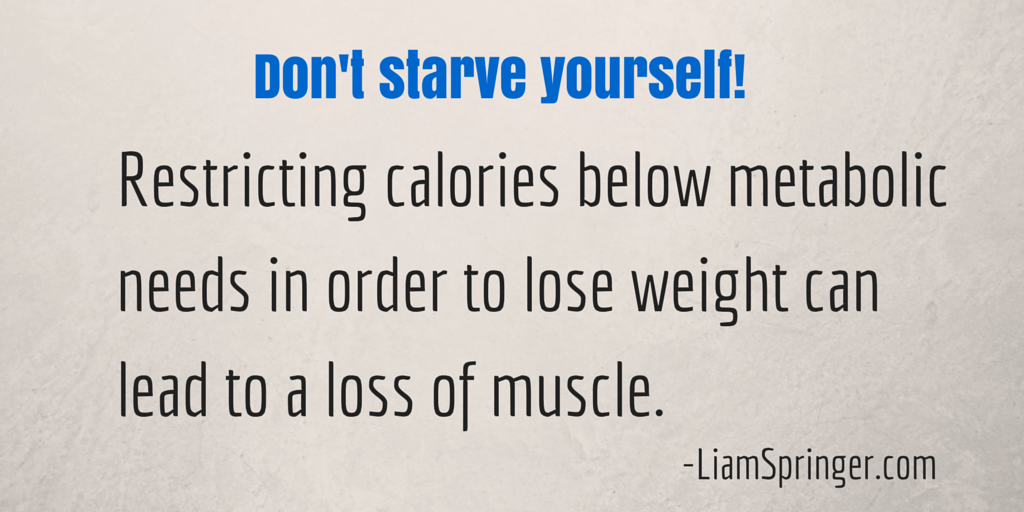Weight fluctuation is normal during the process of healing.
In my experience, during the process of healing, weight goes up and down at various stages. I am going to give a brief overview of the type of weight fluctuation I typically see, along with an interpretation as to what is happening inside your body during the fluctuation.
As the body repairs the degeneration of chronic stress, there will often be a periods of both weight gain and loss. As the body reaches a state of optimal function, weight will become more stable and it is then possible to begin to calculate intentional weight loss more effectively. A long term effect of a high quality diet is the increased use of fat through healthy actions which will begin to aid in further weight loss without even trying.
Weight can fluctuate rapidly in response to stress.
When you are exposed to any stress your body will react in a similar manner. It is the same basic response whether the stress is nutritional, physical, or emotional. During this response your metabolism shifts and your cells will take in and retain water. For this reason reducing the stress in your body will result in the loss of this retained fluid. In my experience, people with lives in complete disarray don’t even need to make a drastic life change in order to decrease the stress in their lives. When changing to a diet that is meeting your nutritional needs, reduction of stress will account for the initial loss of weight.
The fluctuating retention and release of water corresponding with stress can be very frustrating when weight loss is a primary motivator for action. If you were to stand on the scale three times a day for 4 weeks and plot it on a graph you would end up with a wavy line. This can be depressing when, after seeing a downward trend in weight, you get on a scale and you weigh 3 pounds more than the day before.
Let’s think this through rationally. You have not eaten any more or less yesterday than you have any given day that week. In order to gain 1 pound of fat it would require a caloric surplus in excess of 3000 calories. So, yesterday you would have to have eaten something like 10,000 additional calories or used 10,000 less in one day than you had been during the period of weight loss. It is not hard to see that you are not measuring the gain or loss of fat when we look at it this way. If you were to only weigh yourself twice a week at the same time of day, average the two weights, and then plot a line using a single value for each week for a few months, you would end up with a much more accurate picture of weight loss.
During a fast your metabolism will shift in such a way that you will immediately begin breaking down amino acids which comprise our tissues in order to supply sugar to the blood. You will break down the Thymus, which is an immune organ, and then begin breaking down the muscle and skin tissues. Muscle is a very nutritionally expensive tissue. Your body will not choose to maintain cells which are creating a burden on the more fundamental functions of your body. By letting go of muscle, you are allowing the available nutrition to feed the more vital tissues. The loss of muscle looks the same on a scale as other beneficial weight loss. It can be inspiring to see the scale go down, but the long term effect of muscle loss will be to the detriment of your success.
A healthy, productive metabolism will lead to a regeneration of useful muscle.
As our metabolism becomes more active through healing and adequate nutrition, we will stop breaking down our tissue. It is also likely you will regenerate the tissues that have been broken down as our body becomes more able to support growth. We are not talking about becoming a hulking, musclebound version of your current self. The appropriate amount of healthy tissue will grow at an appropriate rate when your body’s natural functions are being tended to as a primary objective. This gain of muscle tissue that is common with increased metabolic function further increases your caloric needs. Muscle growth is allowed to happen as the metabolism is capable of supporting the increased caloric demand of the new tissues. This is desirable for those wanting a lean physique as the increased muscle will aid in reducing stored fat. This does not mean that everyone who has accumulated a lot of muscle has a body that is optimally functioning. If, through exercise and diet, muscle growth is prioritized in the body, digestive, immune, detoxification, cardio-vascular and neurological function are often suppressed. Muscle gains of this sort are typically hard-earned and difficult to maintain.
So on to the highly sought-after healthy fat loss.
Muscle burns fat!
As the metabolism becomes more robust and muscle tissue becomes more active, we will burn more fat. Skeletal muscle is fat-burning by nature. In a healthy individual at rest, skeletal muscle tissue will burn primarily fat for its energy needs. This natural function of resting muscle is our greatest asset for healthy weight loss. Even better, as the thyroid becomes more active the muscle will be allowed to consume fat more readily without interrupting the function of other systems in the body.
Even fat burns fat!
The adipose tissue, which stores our fat, also uses fat to meet its energy needs. However, it is fairly metabolically thrifty and so weight loss from adipose tissue alone would probably only account for several pounds per year. However, there is a type of adipose tissue which is very different from the type that stores fat.
Brown adipose tissue (BAT) is a tissue which initially was thought to be similar to the tissues that store our fat as energy. It is, in fact, more similar to skeletal muscle tissues. It takes in primarily fat for energy and does not store it. In many mammals (including humans) it contributes to non-shivering warming of the body to fend off hypothermic conditions, which means it will keep them from freezing when exposed to extended periods of cold. When the metabolism is running well and all needs are being met the tissue can become extremely sensitive to being turned on. In some cases the BAT becomes active even when there is no need for protecting the body against hypothermia.
The regulation of BAT function is complex and currently unclear. However, studies indicate that when the thyroid function has been high and stress has been low for quite some time BAT will be easily be triggered and begin rapidly burning fat. One interesting aspect about this tissue is that it is not present in all individuals in the same amounts. It seems, in fact, to be least present in unhealthy individuals with metabolisms that are compromised. Paradoxically, these are the same individuals who are most likely to have stored excess fat as energy. The question is, is it due to the lack of brown adipose tissue that these individuals would have a hard time losing weight? I think it is more likely that the body does not build or maintain the existence and activity of the brown adipose tissue in highly stressed and low-thyroid individuals. It would follow that as metabolism shifts towards more optimal function, the brown adipose tissue will be created. There is some good evidence supporting this theory, although further exploration is needed.
Burning fat is not inherently healthy.
Due to the metabolically suppressive and inflammatory nature of free fatty acids in the blood, it is important that fat use be kept primarily to the skeletal muscle at rest as well as the adipose tissue. For this reason, during healthy weight-loss the percentage of calories being derived from fat will remain fairly low. As discouraging as this may sound, when coupled with the natural loss of retained fluid this can easily exceed 1 to 2 pounds per week on average, which if sustained would end up at 52-104 pounds per year. So, if we take a mildly long view of this process, we could see that tremendous weight-loss could occur naturally and without compromising the state of our metabolism.
As I have stated earlier, a constant and linear reduction in weight due to fat usage and the reduction of water retention is not a healthy body’s natural process. Still, we don’t need to be hoping for weight loss that matches the numbers seen on popular reality television programs in order to reach our wellness goals.
If we take the time to evaluate the state of our metabolism and feed our bodies the nutrients they need, worries around the appropriate composition and weight of our body will be resolved in the process.
References:
Regulation of cellular water content: http://www.ncbi.nlm.nih.gov/pmc/articles/PMC233370/
skeletal muscle and fat burning: http://diabetes.diabetesjournals.org/content/51/12/3376.long
brown adipose tissue
Thyroid and increased activity:
http://www.blackwellpublishing.com/aphmeeting/abstract.asp?MeetingID=784&id=98141
Thyroid hormone controls sensitivity of BAT to norepinephrine
http://www.ncbi.nlm.nih.gov/m/pubmed/7628360/
Free fatty acids interrupt glucose uptake: http://www.ncbi.nlm.nih.gov/pubmed/8603766









